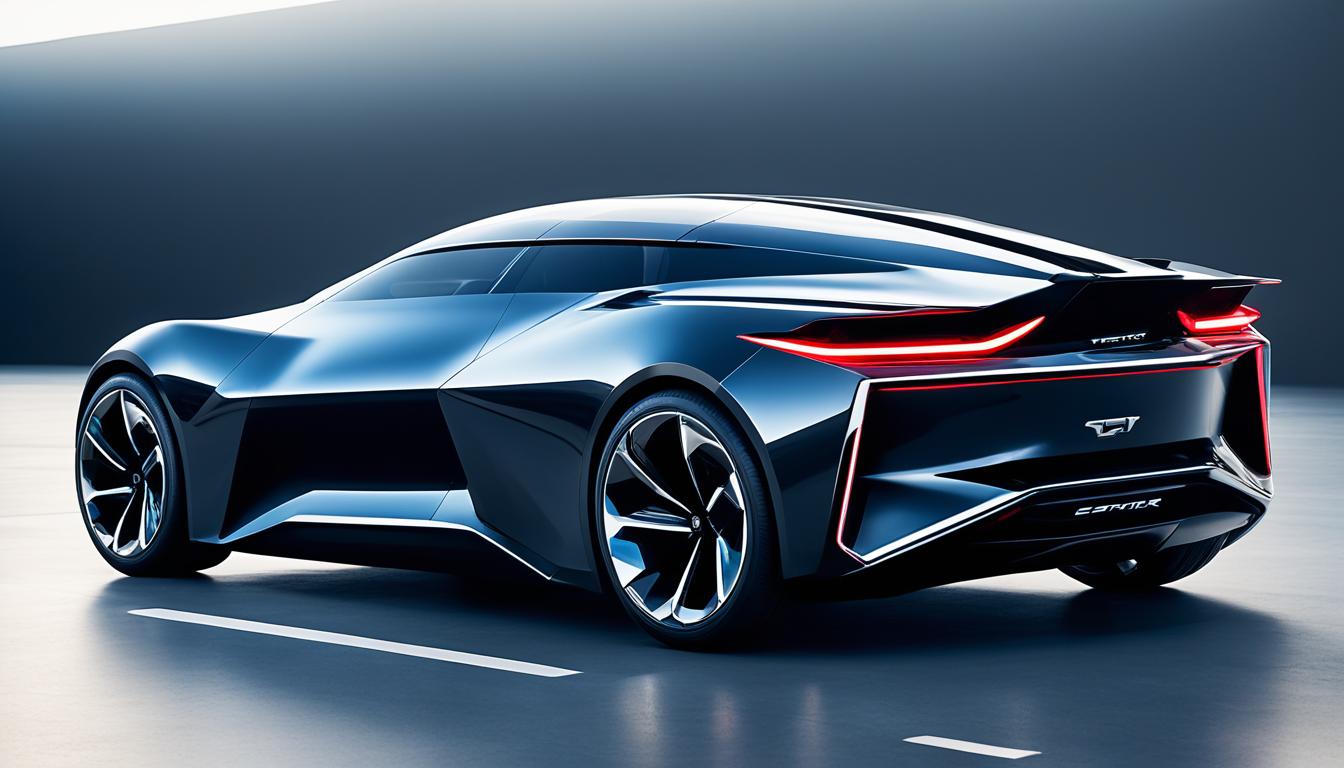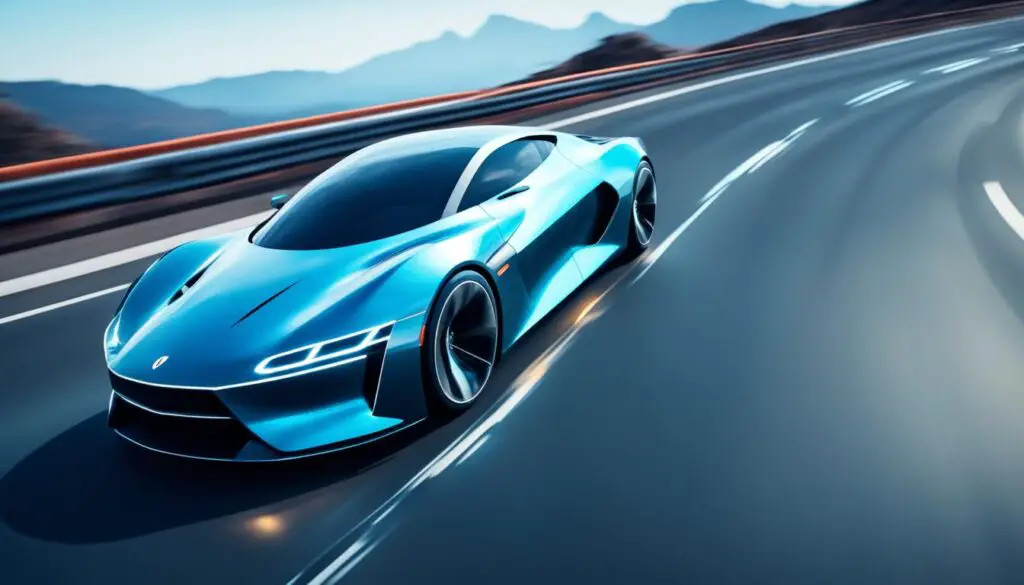
Virtual Reality Meets Automobiles: The Future of Car Design
Virtual reality technology is transforming the landscape of car design, paving the way for an exciting future in the automobile industry. With the advent of virtual reality, designers and engineers can create and visualize car designs in a way that was unimaginable before. By immersing themselves in virtual environments, they can test different concepts, explore innovative ideas, and make informed decisions about the aesthetics and functionality of a vehicle.
Virtual reality offers a dynamic and interactive platform for car designers to iterate and refine their creations. They can simulate real-world driving experiences, evaluate ergonomics, and assess the overall user experience. This technology enables them to identify potential design flaws and make necessary adjustments early in the development process, saving time and resources.
Moreover, virtual reality allows car manufacturers to gather valuable feedback from customers even before a physical prototype is built. By engaging potential buyers in immersive virtual experiences, companies can gauge consumer preferences, fine-tune their designs, and deliver vehicles that truly resonate with their target market.
As virtual reality continues to evolve and advance, we can expect even more groundbreaking applications in car design. From designing autonomous vehicles to integrating cutting-edge technologies, such as augmented reality interfaces and haptic feedback systems, the possibilities are immense.
Key Takeaways:
- Virtual reality technology revolutionizes car design in the automobile industry.
- Designers can create and visualize car designs in immersive virtual environments.
- Virtual reality allows for early identification of design flaws and adjustments.
- Feedback from customers can be collected through immersive virtual experiences.
- The future holds endless possibilities for virtual reality in car design.
Challenges and Opportunities in Modern Manual-Transmission Car Design
Designing a modern manual-transmission car poses numerous challenges in the ever-evolving automotive industry. As car designers strive to meet stringent noise and emissions regulations, they must navigate a complex landscape of engineering obstacles. From carefully selecting gear ratios to satisfy noise requirements while maintaining lower engine RPMs to considering driver behavior and its impact on emissions performance, each decision carries significant weight in the pursuit of meeting emissions targets and reducing fuel consumption.
One of the key engineering challenges in manual-transmission car design is striking the delicate balance between noise reduction and optimal gear performance. By meticulously selecting gear ratios, car manufacturers can ensure that noise regulations are met without sacrificing the vehicle’s overall performance. The meticulous calibration of powertrain controls is also crucial in achieving compliance with emissions requirements, as it directly influences fuel efficiency.
Automakers like Porsche have recognized the importance of investing in the calibration and design of manual transmissions to achieve both regulatory compliance and customer satisfaction. Porsche’s commitment to this aspect of car design is evident through the continued availability and strong sales of manual-transmission cars in the United States.
“The development of manual-transmission cars presents unique challenges in terms of meeting noise and emissions regulations. It requires meticulous attention to every aspect of the car’s design, from gear ratios to powertrain calibration. The declining demand for manual transmissions in certain markets raises questions about their long-term viability, but automakers like Porsche continue to champion their importance in providing a dynamic driving experience.”
Opportunities and Future Outlook
While the demand for manual transmissions has declined in some markets, it is essential to recognize the opportunities that still exist for manual-transmission cars. There is a dedicated community of enthusiasts and drivers who appreciate the engaging driving experience that these vehicles offer. Manual transmissions provide a greater connection between the driver and the car, allowing for more control and an immersive driving experience.
Furthermore, as emissions requirements become more stringent, manual transmissions could offer an avenue for automakers to optimize fuel efficiency and reduce emissions. With advancements in engineering and powertrain technologies, manual-transmission cars can continue to evolve and adapt to meet future emissions standards without compromising performance.
The future of manual-transmission car design may require further innovation and adaptability to address changing market demands and emissions requirements. As automotive engineering continues to evolve, automakers must find the right balance between embracing emerging technologies and preserving the essence of the manual-transmission driving experience.

“The challenges faced in manual-transmission car design highlight the intricacies of balancing performance, noise reduction, and emissions compliance. As the industry continues to evolve, it is crucial to strike the right balance between technological advancements and preserving the driving experience that enthusiasts cherish.”
Elon Musk Sues OpenAI Over Mission Changes
Elon Musk, the renowned entrepreneur and co-founder of OpenAI, has taken legal action against the company and its CEO, Sam Altman. Musk alleges a breach of contract, claiming that OpenAI has strayed from its original mission of developing artificial intelligence (AI) for the betterment of humanity, instead prioritizing profitability.
In his lawsuit, Musk seeks a court ruling to make OpenAI’s research and technology accessible to the public, while also preventing Microsoft from exploiting them for financial gain. Musk has expressed concerns about Microsoft’s influence over OpenAI, suggesting that the tech giant has gained control over the startup.
As the legal battle unfolds, it sheds light on the underlying tensions between Musk and OpenAI. They now find themselves on divergent paths in terms of AI development. Musk remains committed to advancing the field for the benefit of society, while OpenAI faces scrutiny regarding its shift towards profit-driven motives.
The outcome of this high-profile lawsuit remains uncertain. However, it serves as a significant reminder of the challenges and complexities that arise when merging the pursuit of AI innovation with commercial interests.
FAQ
How is virtual reality technology revolutionizing car design?
Virtual reality technology is transforming car design by allowing engineers and designers to visualize and experience their creations in a virtual environment. This enables them to make design decisions, test prototypes, and optimize ergonomics and aesthetics before physical production.
What are the challenges in designing manual-transmission cars?
Designing manual-transmission cars poses challenges in meeting noise and emissions regulations. Engineers must select appropriate gear ratios to ensure compliance with noise requirements while keeping engine RPMs low. They also need to consider driver behavior and gear-shift duration, which can impact emissions performance.
How have automakers addressed the challenges of manual transmission design?
Automakers have invested in the development of powertrain controls and calibration to meet emissions targets and reduce fuel consumption in manual-transmission cars. Companies like Porsche have heavily focused on calibration and design to ensure compliance with regulations and enhance the overall driving experience.
Is the demand for manual transmission cars decreasing?
Yes, the demand for manual transmission cars is declining in some markets. Automakers like Volkswagen and BMW have phased out manual transmissions due to low demand. However, Porsche remains an exception, experiencing strong sales of manual cars in the US.
What is the future of manual transmissions in car design?
The future of manual transmissions in car design is uncertain. While they still have a dedicated fan base and certain automakers continue to offer manual options, the overall trend suggests a shift towards automatic and electric vehicles. The long-term viability of manual transmissions will depend on market demand and technological advancements.
What is Elon Musk’s lawsuit against OpenAI about?
Elon Musk has filed a lawsuit against OpenAI and its CEO, Sam Altman, alleging a breach of contract. Musk claims that OpenAI has deviated from its original mission of developing AI for the benefit of humanity and is now primarily focused on profit-making. He seeks a court ruling to make OpenAI’s research and technology available to the public and prevent its use by Microsoft for financial gain.
What concerns does Elon Musk have about Microsoft’s influence on OpenAI?
Elon Musk has expressed concerns about Microsoft’s control over OpenAI. He believes that the company possesses significant influence over the startup, potentially impacting its direction and priorities. Musk’s lawsuit against OpenAI highlights the tensions between him and the organization as they pursue different paths in AI development.
What is the potential outcome of Elon Musk’s lawsuit?
The outcome of Elon Musk’s lawsuit against OpenAI remains uncertain. The court will need to examine the details of the case and the validity of Musk’s claims. The lawsuit, however, brings attention to the differences in vision and goals between Musk and OpenAI regarding the development and use of artificial intelligence.
